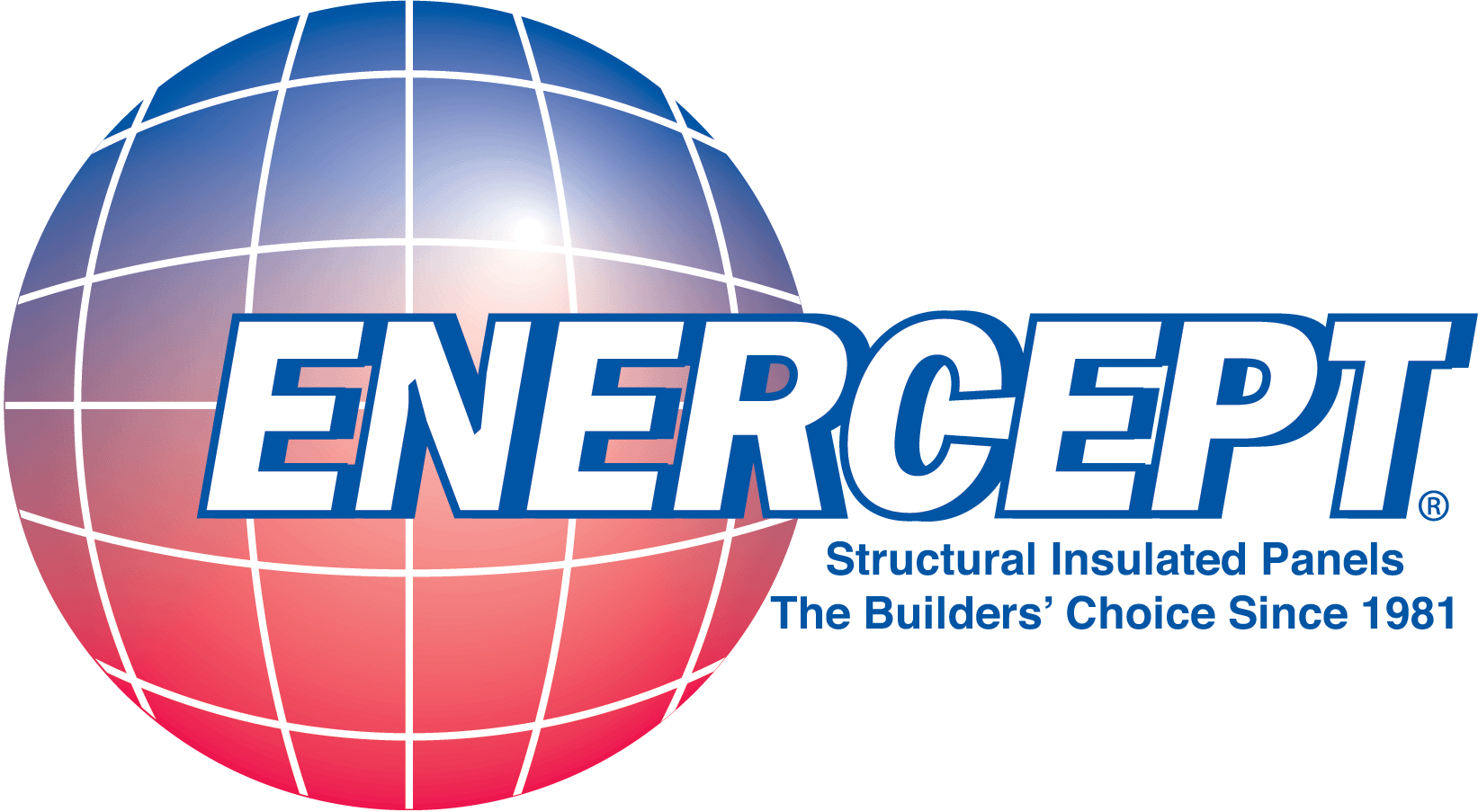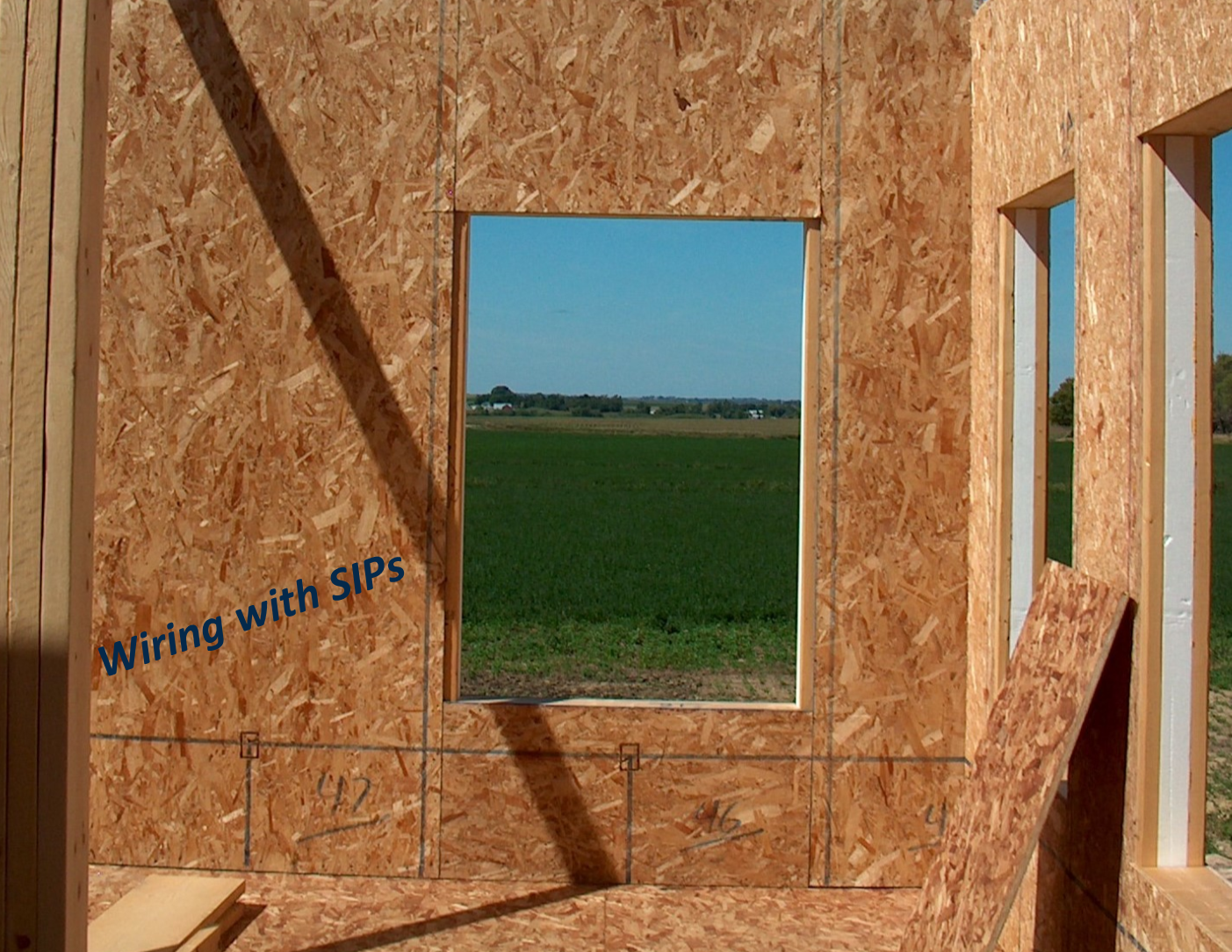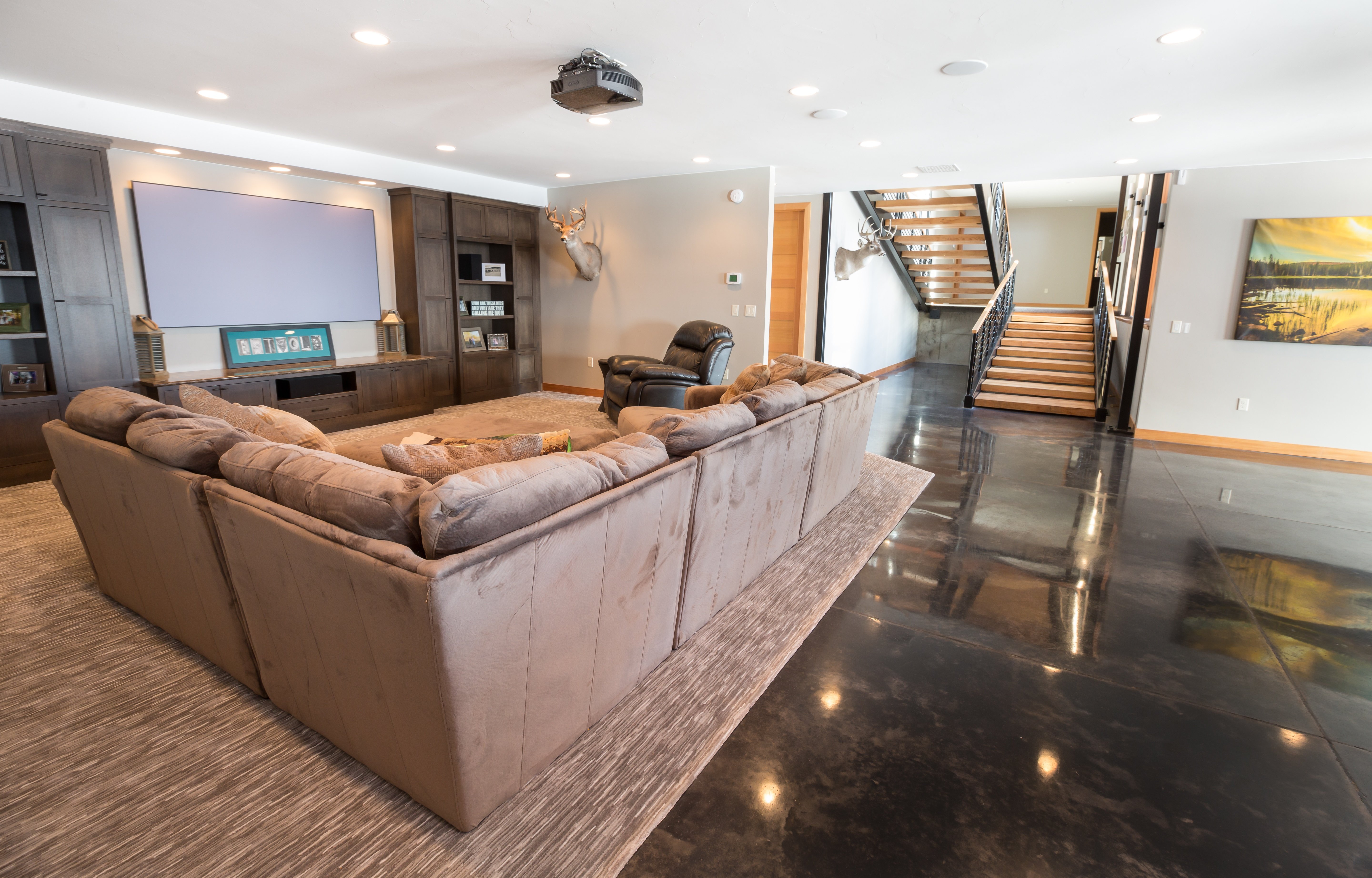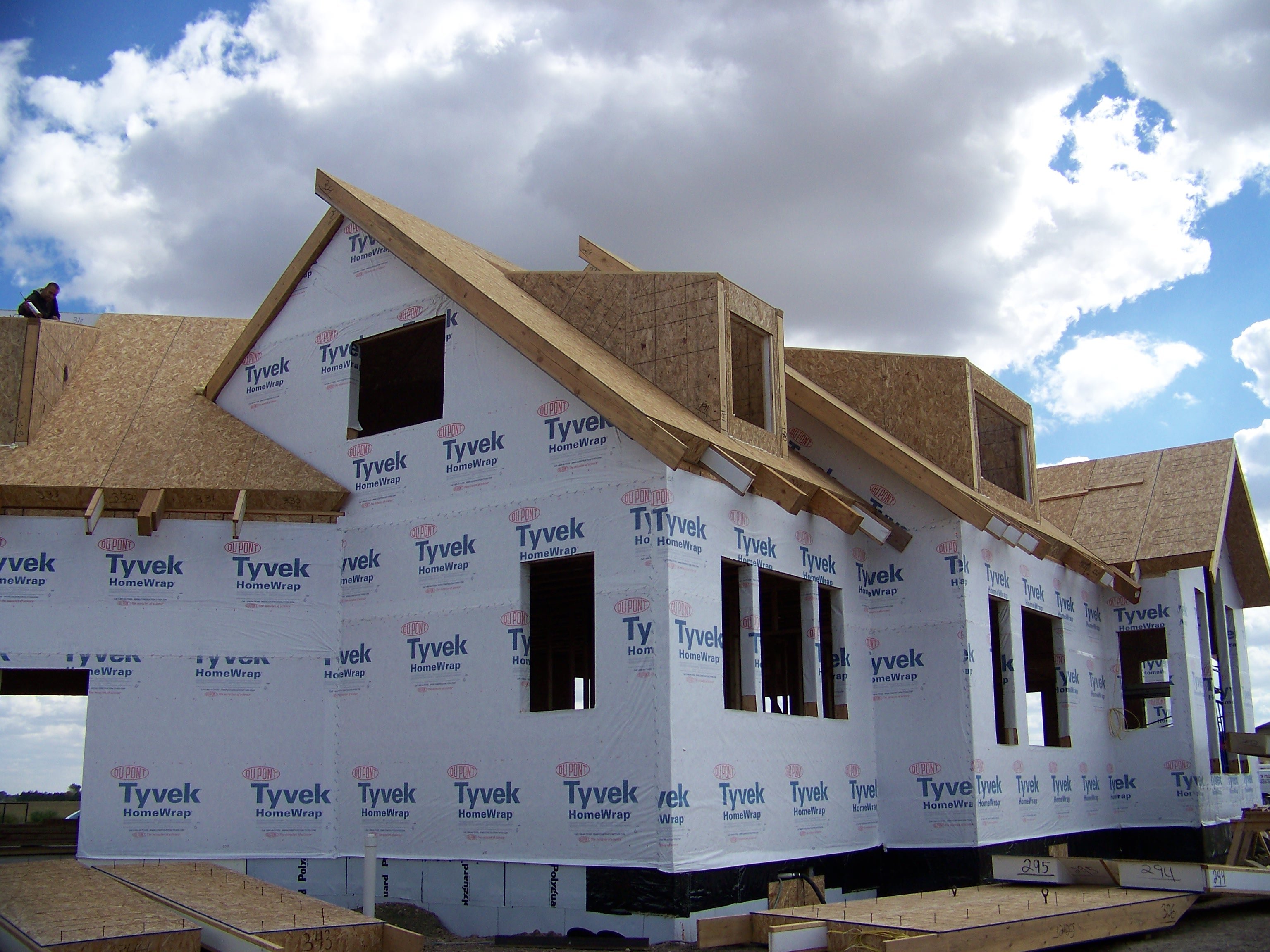If you are looking for energy efficiency and a comfortable indoor temperature in your next home, look for these features before you build.
 SIP manufacturers have been preaching energy efficiency for decades. Today realtors and home builders seem to agree; the cost savings and comfort of an energy-efficient home is an essential piece to the overall home package.
SIP manufacturers have been preaching energy efficiency for decades. Today realtors and home builders seem to agree; the cost savings and comfort of an energy-efficient home is an essential piece to the overall home package.
Asking the right questions can help ensure you and your family get the high-performance, home you deserve.
Some features to look for in a high-performance home include:
- Improved insulation
- Moisture management
- Whole-house ventilation
- A continuous insulation building envelope
A high-performance home built with SIPs will provide all of these features and more.
Improved insulation:
Your SIP home will have higher R-value insulation. Foam is an excellent insulator. A 1/8" thick foam cup protects your bare hands from the 175-degree coffee inside the cup. The standard 6" SIP wall has 5 1/2" of expanded polystyrene (EPS) foam insulation and will have an R-value of 24. The typical 10" SIP roof is insulated with 9 1/2" of EPS and will have an R-value of 40.
insulator. A 1/8" thick foam cup protects your bare hands from the 175-degree coffee inside the cup. The standard 6" SIP wall has 5 1/2" of expanded polystyrene (EPS) foam insulation and will have an R-value of 24. The typical 10" SIP roof is insulated with 9 1/2" of EPS and will have an R-value of 40.
Moisture management:
SIP structures are inherently tight compared to other building methods. This thighness coupled with the attention to flashing details and the installation of a weather resistive barrier makes SIPs an ideal material to help with moisture management of the home.
Whole-house ventilation:
Proper air movement and ventilation can lead to fewer allergens and healthier spaces. A properly constructed SIP home will be very tight with respect to air leakage. The use of an air exchanger is highly recommended. An air exchanger will improve your indoor air quality by providing mechanically controlled ventilation. SIPs are the ideal solution for someone with allergies.
A continuous insulation building envelope:
The American Society of Heating, Refrigerating, and Air-conditioning Engineers (ASHRAE) defines continuous insulation as "insulation that is continuous across all structural members without thermal bridges other than fasteners and service openings. It is installed on the interior, exterior, or is integral to any opaque surface of the building envelope."
Building with SIPs is an easy way to achieve the continuous building envelope required in the latest building codes. The overall U-factor for a typical 6" SIP wall is 0.034, and well within the 2018 International Energy Conservation Code requirements.
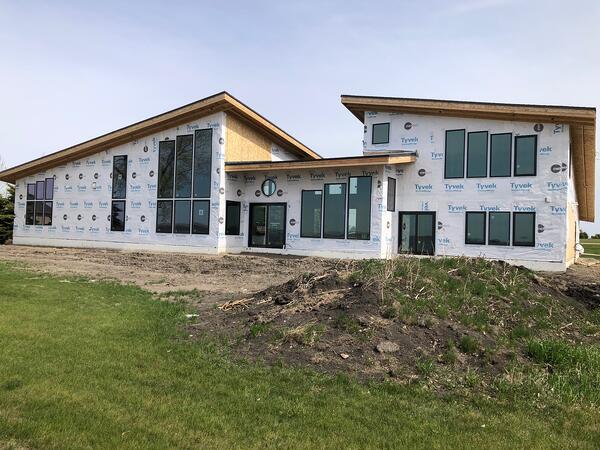
The bottom line
For a better living experience in a high-performance building, choose SIP construction.
Your SIP home will be:
- Super energy efficient
- Eco-friendly
- Quicker to build
- Healthier to live in
- Quiet
- Stronger
- Code compliant
Find out what makes Enercept the "easy button" for SIP construction:
